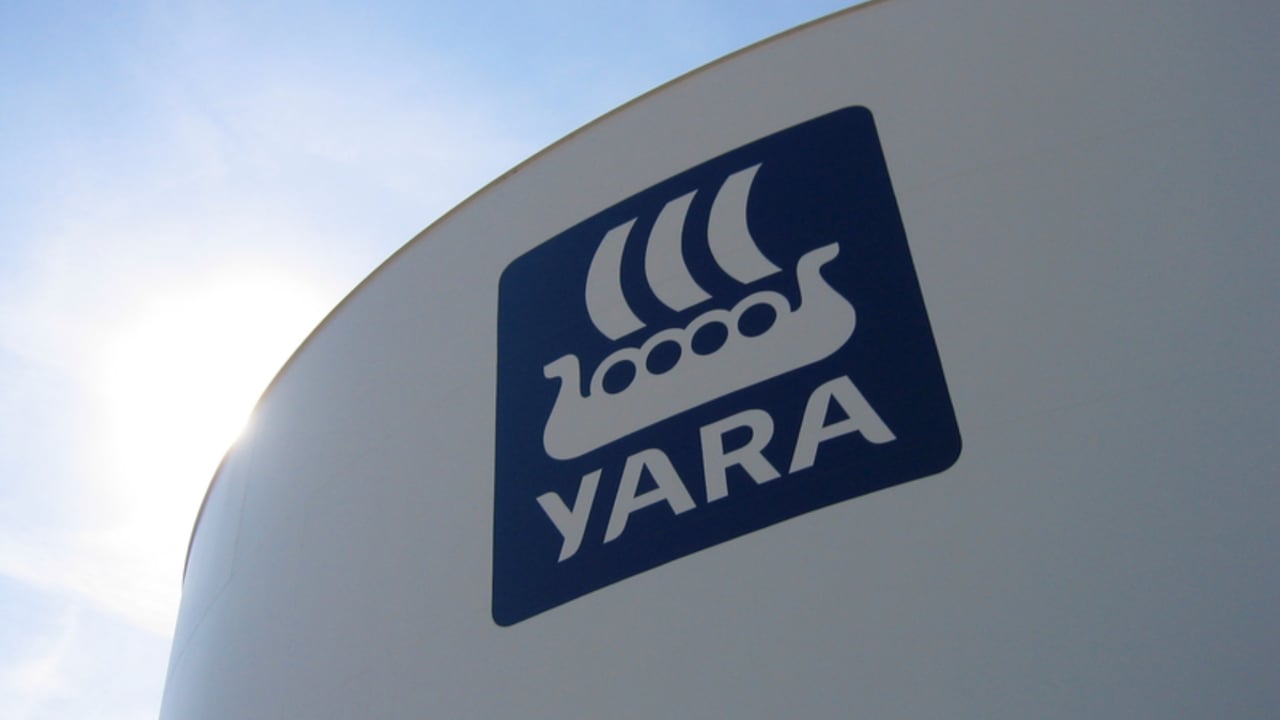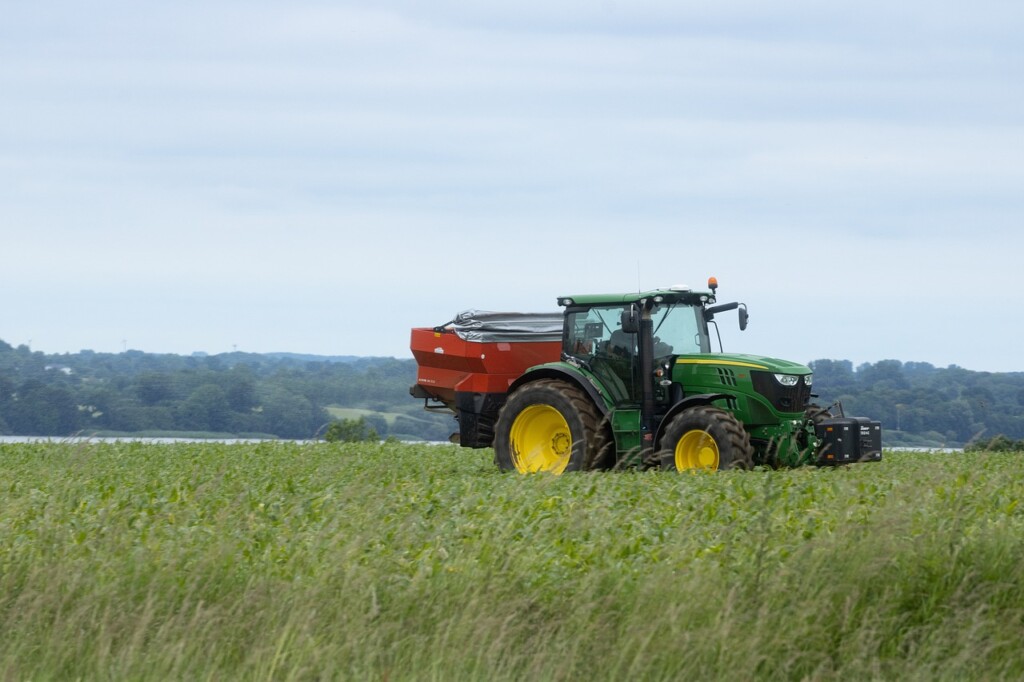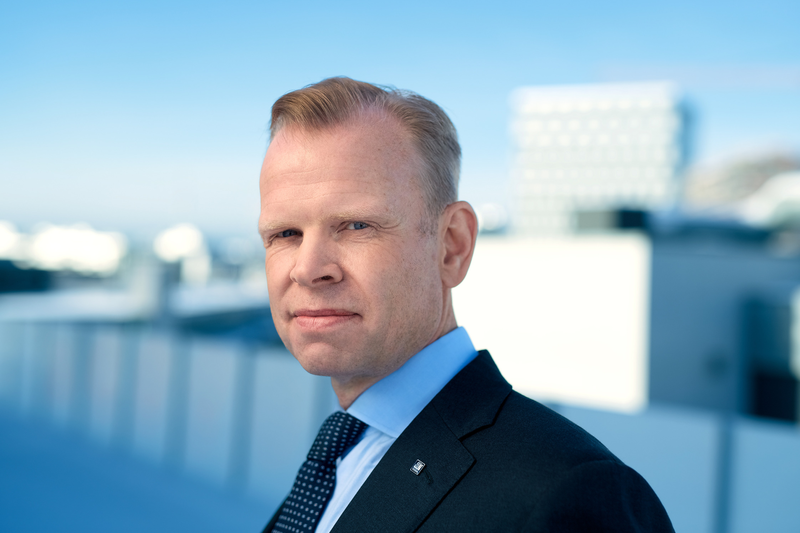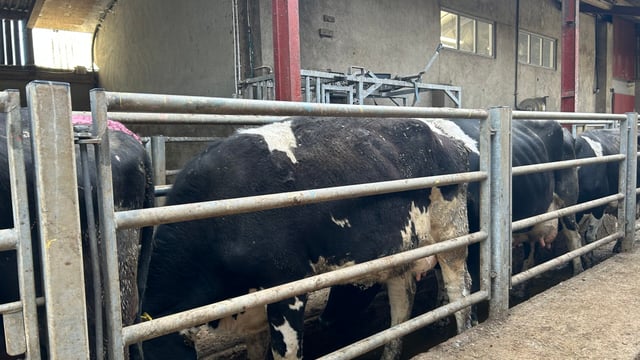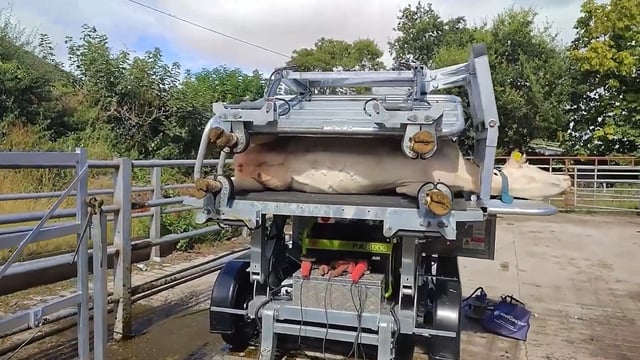Yara reports 'strong' financial performance in Q3 2025
Fertiliser manufacturer Yara has reported that its revenue and other income stood at $11.7 billion in the first nine months of 2025, up from over $10.5 billion in same period last year.
The Norwegian-headquartered company confirmed that revenue in the third quarter (Q3) was $4.1 billion, up from $3.6 billion in Q3 2024.
The company’s earnings before interest, tax, depreciation, and amortisation (EBITDA), excluding special items, was $804 million in Q3 2025, a 38% increase on the $585 million recorded a year previous.
Fertiliser
Yara said the result was driven by "higher fertiliser prices and strong traction on improvement initiatives and cost reductions".
Total deliveries were flat compared to the same quarter a year ago as higher urea sales offset lower nitrate sales.
The company's net income was $320 million in Q3 this year compared with $286 million a year earlier.
Year-to-date (YTD) net income was $1.028 billion, up from $306 million in the same period in 2024.
While this is supported by a non-cash net foreign currency gain of $386 million, the company said "it also clearly demonstrates that Yara’s improvement focus yields increased results".
YTD 2025 adjusted earnings per share (EPS) are $3.25, up from $1.37 last year.
Yara
In Q3 2025, Yara said its EBITDA excluding special items in Europe was $191 million, up $109 million compared to the same quarter a year ago.
The company said the improvement reflects higher margins due to higher fertiliser prices, enhanced profitability for the phosphate value chain and lower fixed cost.
Total deliveries were 2% higher than for the same quarter a year ago following strong urea sales.
In the Americas, EBITDA excluding special items was $251 million, 33% higher than Q3 2024.
This was mainly driven by higher production margins, higher premium product sales, and lower fixed costs. Total deliveries were 3% higher than for the same quarter a year ago.
For Africa and Asia, EBITDA excluding special items was $67 million, 10% higher than for the same quarter a year ago, reflecting higher commercial margins in Asia and lower fixed cost.
Total deliveries were 5% lower than for the same quarter a year ago, mainly due to lower deliveries in China driven by low cash crop prices, and lower deliveries in Africa.
Commenting on the financial results published today (Friday, October 17), Svein Tore Holsether, Yara president and chief executive officer, said: "Our continuous focus on improvement is delivering solid results, and we are pleased to report another strong operational quarter.
"This quarter’s performance reflects higher margins, strong commercial execution, and record-breaking production levels for the third consecutive quarter.
"In parallel, we are ahead of schedule in our cost reduction programme, further strengthening our returns."
Costs
In Q2 2024, Yara launched a cost and capital expenditure (capex) reduction programme targeting a total reduction of $300 million by the end of 2025.
As of Q3 2025, Yara said the programme is "ahead of schedule" and the company is now targeting a Q4 2025 run rate of $2,350 million excluding currency effects.
The company said this would represent $180 million in annual fixed cost savings net of inflation. Capex guidance for 2025 is $1.1 billion, $250 million lower than original guidance.
From January 1, 2026, the Carbon Border Adjustment Mechanism (CBAM) will be phased in, introducing a price on carbon for fertilisers imported to the EU.
"Yara has a global and flexible system and will optimize both ammonia sourcing and product allocation to avoid CBAM imposing a competitive disadvantage on Yara’s domestic production and exports," the company said.
Based on current forward markets for natural gas (as of October 8) and assuming stable gas purchase volumes, Yara’s gas cost for Q4 2025 and Q1 2026 is estimated to be $40 million lower and $75 million lower than a year earlier.

